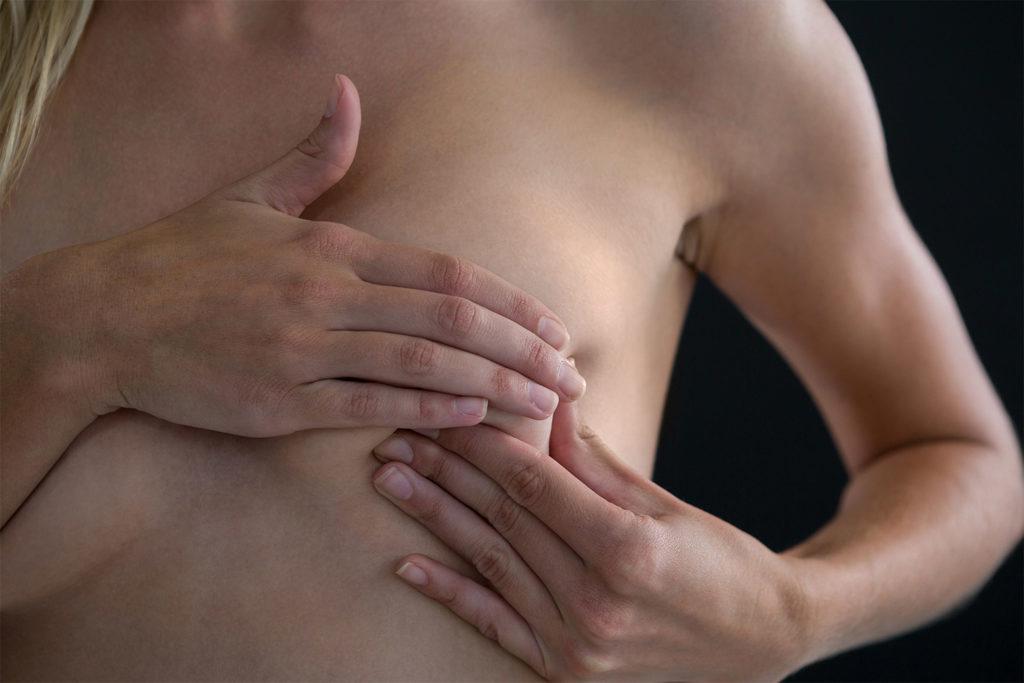You’re Diagnosed –What Happens To Your Body?
Second to Nature would like to help shed light on understanding physical changes for those living with breast cancer. A breast cancer diagnosis can leave someone with an abundance of questions. Second to Nature in Roanoke, VA, is here to help answer your questions with knowledge and compassion. One of the biggest thoughts that may weigh on your mind is what physical changes you should expect.
A few months ago, we talked about breast cancer and how to identify the signs and symptoms. This month, we dive a little deeper to learn about the physical changes of the body as breast cancer progresses. As treatment begins, understanding the various shifts in your body is important. It will allow you to learn how to best manage and adapt to living with breast cancer. Along your journey, Second to Nature can assist you with understanding some physical changes caused by breast cancer.
Typical Physical Changes of the Breasts
There are many changes that breasts can go through during breast cancer. In the early stages, changes may be mild and may not be immediately indicative of breast cancer. A lump that was not there before could become obvious. Pain or tenderness and other discomforts of the breast that do not go away may begin. An oddly-colored or bloody discharge may come from the nipple. As breast cancer becomes more advanced, patients often begin to notice changes in size, shape, and thickness of their breasts.
Scarring from surgeries is also a common physical change. Some patients obtain scars from incisions where cancer was surgically removed from certain areas. In advanced cases, a mastectomy, which is a surgical procedure that removes the breast, becomes necessary to successfully combat breast cancer. Treatments, such as radiation, often have side effects such as scars from burns. Chemotherapy requires ports, or PICC lines, placed near the breast, which often leaves scars at the port sites.
For many patients, scarring and the loss of one or both breasts can be difficult to bear. Scarring is sometimes managed through skin care regimens. Specialists can work with patients to design a personalized treatment to heal and lessen their appearance.
Mastectomy products are also available to help patients feel more comfortable with their bodies after breast removal surgery. From bras to prosthetics, there is an entire industry dedicated to helping breast cancer survivors feel confident about their bodies. For residents in the Roanoke, VA, area, Second to Nature is your local source for certified digital fitting.
Impacts on the Skin You’re In (And the Hair That’s On It)
Breast cancer does have some impacts on the integumentary (skin) system. Some patients may experience changes in appearance and texture. Sometimes, the skin on and around the breast can take on a scaly or dimply look. Treatments, such as chemotherapy, may contribute to skin that becomes dry, flaky and itchy. Radiation treatments can often cause a change in color of the skin around the treatment area that resembles a sunburn.
Changes to hair may also occur. Impacts on hair are usually a side effect of chemotherapy and other treatments. Depending on the treatment, hair may become thin, while complete hair loss is also a possibility. Not only is the hair on the scalp effected, but so are other areas, including eyebrows, eyelashes, chest hair, and pubic hair.
Keep in mind that such changes to your hair and skin are temporary. Although they can be bothersome at the time, your skin will return back to its normal state after treatment. Your hair is also likely to grow back, although it may have changes in texture.
Weighing in on Weight Loss and Weight Gain
Everybody is different and responds differently to breast cancer and treatments. A change in weight depends on various factors. Some patients may gain weight during breast cancer treatment due to hormone changes. Nausea induced by medicines and treatments can sometimes be offset by keeping a full tummy, leading to increased food intake. It is common for people to eat more during times of stress, which also contributes to weight gain.
Likewise, weight loss can be a common physical change during breast cancer treatment.
While some people find that eating helps to ease an upset stomach, others may lose their appetite completely. Treatments and other medications may cause side effects that make it difficult to keep food down. Depending on the type of cancer and its level of advancement, it may also feel as though there is no room for eating in general. Some patients find that stress has an opposite impact on them which is an additional cause of food aversion and weight loss.
To manage fluctuations in weight, there are a few things you can do. Many achieve better control of weight gain by eating a healthy diet of fruits, vegetables, and whole grains. It is also important to set limits on the calorie intake of saturated fats, sugar, and alcohol. Exercise is another great way to manage weight gain in a healthy way.
Diet is an effective way to help manage weight loss. Eating smaller meals or snacks all throughout the day instead of a few large meals ensures adequate calorie intake. Foods that are high in protein, but low in fat, are a fantastic option to combat weight loss. Cleveland Clinic suggests trying foods such as poultry, fish, beans, dairy products and seeds. Substituting water with low-fat milk in certain recipes can also help you sneak in those extra needed calories.
Physical Changes of Breast Cancer-Related Fatigue
Everyone knows what ‘tired’ feels like. However, fatigue caused by breast cancer is not as simple as taking a nap to reenergize. Breast Cancer Now describes breast cancer-related fatigue as extreme tiredness and exhaustion that doesn’t go away with rest or sleep. Even the simplest tasks may feel impossible to complete. Doing the things that a patient once loved also becomes a challenge.
Fatigue is a common physical change after a breast cancer diagnosis. Most therapy and treatments used to combat breast cancer can impact the body in ways that induce fatigue. Anesthetics to alleviate pain after surgery, medications for anti-sickness, and sleep aides also cause consistent feelings of fatigue.
Not only is fatigue a side effect of treatment and medications, but emotional upset can also cause it. Anxiety and depression are common factors of fatigue. Disrupted sleep patterns make it difficult to rest and replenish energy levels.
If you feel as though fatigue is hindering your quality of life, there are some ways to manage it. Accepting practical help from family or friends whenever possible is a great way to conserve energy. Eating a healthy, balanced diet and ensuring that you stay well-hydrated can help regulate energy levels. Writing in a diary and tracking your daily activities can also help you pinpoint certain factors that may be causing fatigue.
Follow Second to Nature on Facebook for specials, breast cancer prevention news, and update. We are located in the Woodhaven Office Park, at 5450 Peters Creek Road. Call for an appointment at (540) 366-2711 or use our contact form. Contact us for education and support of persons living with breast cancer and understanding the physical changes.

